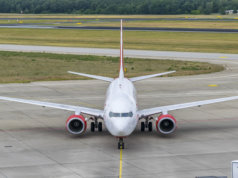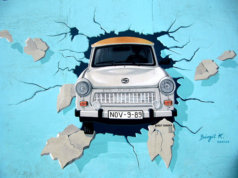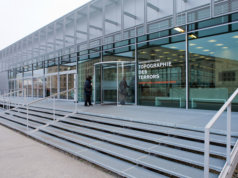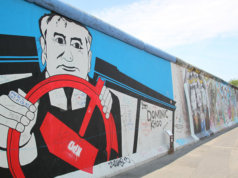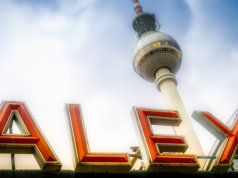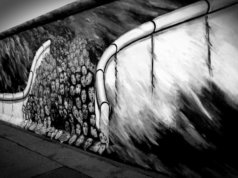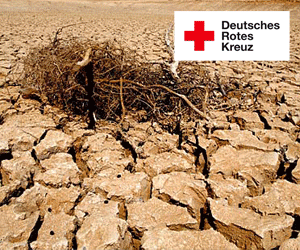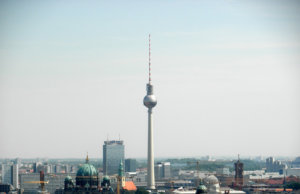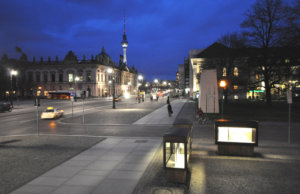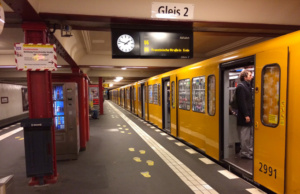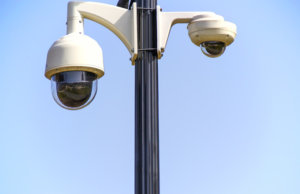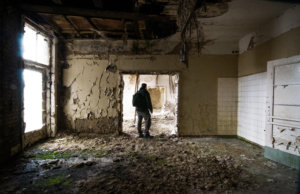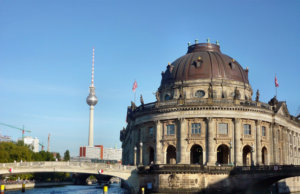It’s no secret that life in East Berlin was much different than the more liberal counterpart on the west. Although the Wall fell more than 25 years ago, there are still lingering remnants of Germany’s separated past. Here is part one of a list of 10 things you probably never knew of socialist controlled East Germany (via the local.de).
A little background
While most know the basic history of the separation between East and West Germany – here’s a little refresher.
Following World War II, the German capital was split between four zones: The United States of America, Britain, France and the Soviet Union in the east. The original goal was to work together to rebuild Germany, but also ensure that it would never again threaten world peace.
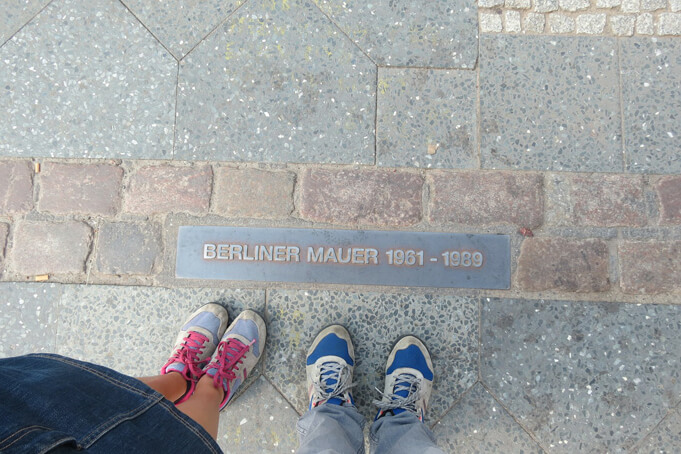
What followed, however, didn’t quite realize this picture. The Cold War began and the German Democratic Republic (GDR) was formed by the Soviets in the east in 1949. By this time, the other three zones had already combined to create the Federal Republic of Germany a few months prior.
From that point on, the Berlin Wall separated the two sections of the city, until it’s fall in 1989.
Okay, so here we go:
1. The GDR had the highest concentration of allotment gardens in the world
We previously discussed the wonderfulness that is the tiny little patches of green paradise in the middle of Germany’s most urban cities. But did you know that East German had the highest concentrations of these in the world?
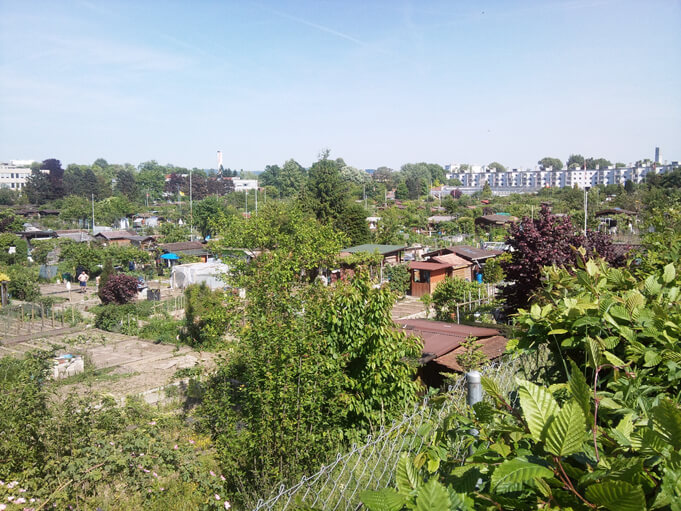
In an effort to make up for the slow economic growth, these allotment gardens were used as “stay-cations”. Most people lived in small, communist style apartments in the middle of the city, so an escape to the outdoors was all but welcome. In fact, most people had access to an allotment garden at the time – in which there were 855,000 throughout the whole eastern side.
2. One in 90 East Germans worked unofficially for the secret police
It’s definitely no secret that the people of East Germany were constantly spied on. But it turns out that much of the information gained by the Stasi — the Staatssicherheit (secret police) came from normal citizens known as inoffizielle Mitarbeiter (informal collaborators).
3. Jeans were prohibited until the 1970s
Let’s just say “casualwear” didn’t quite look the same between East and West Germany. The government kept a watchful eye on the growth of popularity of denim in its early years. The state saw them as an expression of western capitalism and thus, of rebellion.
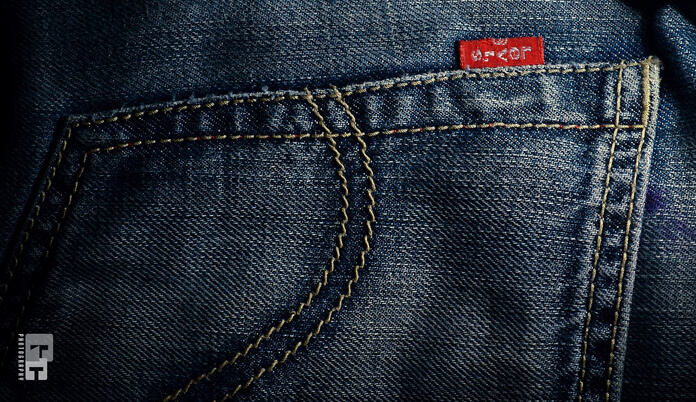
Despite this, residents were still itching to get their hands on a pair of these blues. Many smuggled them in from West Germany or would pay huge prices for those on the black market. The GDR was sensing that they were losing a battle, they started to produce their own jeans from 1974. Though these weren’t comparable to their western counterparts as they were made from partially synthetic materials due to cotton shortages.
To try and gain popularity, the state ended up importing millions of pairs of Levi’s from the US.
4. Berlin wasn’t the only place in Germany split with a wall
Yes, the Berlin Wall was the world’s most famous, but this wasn’t the only place in Germany split in half. Mödlareuth am Tannbach, at tiny village of around 50 people on the border of Thuringia and Bavaria also suffered the same feat.
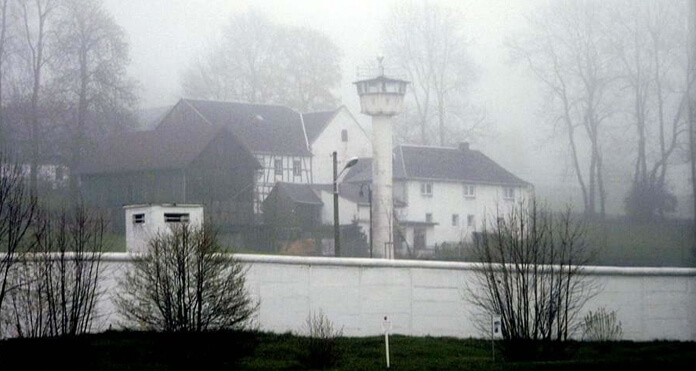
This was also the border between the Americans and the Soviets. It was nicknamed “Little Berlin” and the concrete wall stood until 1989.

